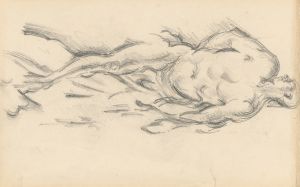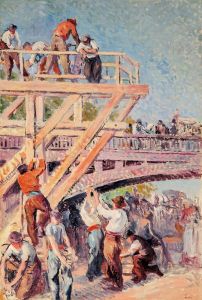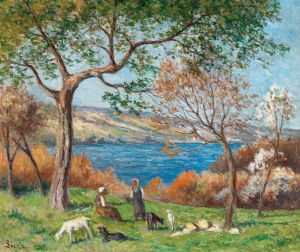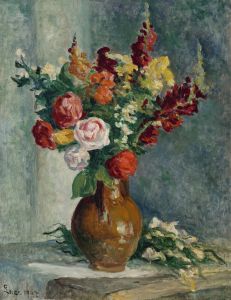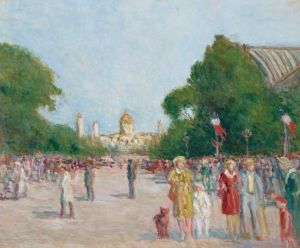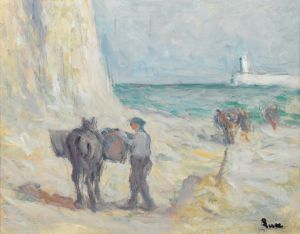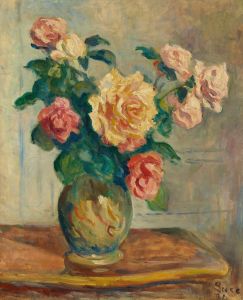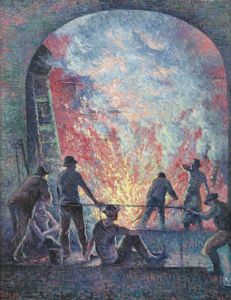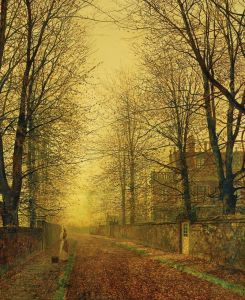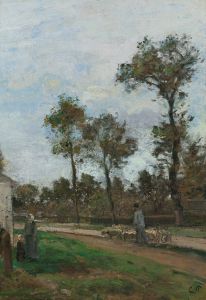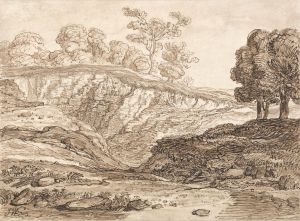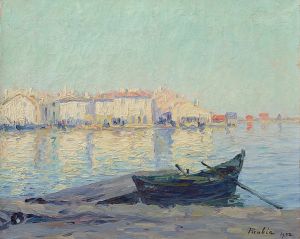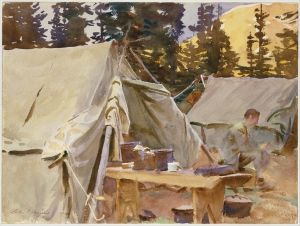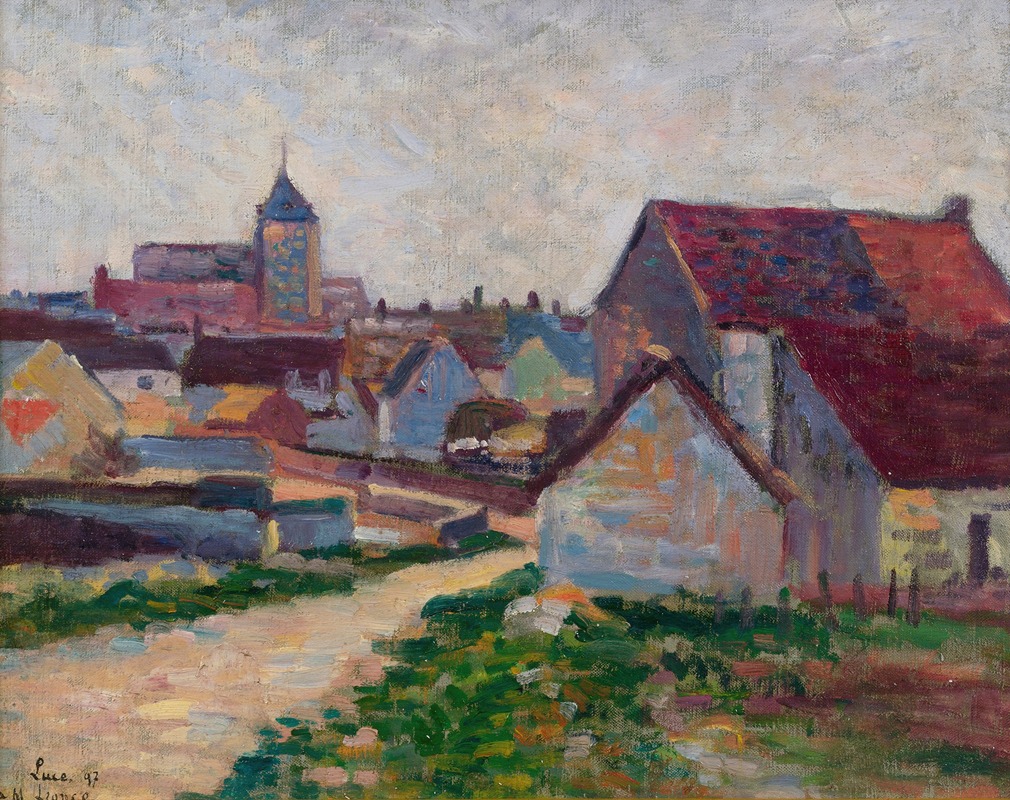
Le Village De Conche-Sur-Condoires
A hand-painted replica of Maximilien Luce’s masterpiece Le Village De Conche-Sur-Condoires, meticulously crafted by professional artists to capture the true essence of the original. Each piece is created with museum-quality canvas and rare mineral pigments, carefully painted by experienced artists with delicate brushstrokes and rich, layered colors to perfectly recreate the texture of the original artwork. Unlike machine-printed reproductions, this hand-painted version brings the painting to life, infused with the artist’s emotions and skill in every stroke. Whether for personal collection or home decoration, it instantly elevates the artistic atmosphere of any space.
Maximilien Luce was a French Neo-Impressionist painter known for his vibrant use of color and light, as well as his commitment to the principles of Pointillism, a technique developed by Georges Seurat and Paul Signac. Luce's work often depicted scenes of everyday life, landscapes, and urban environments, capturing the essence of late 19th and early 20th-century France. One of his notable works is "Le Village De Conche-Sur-Condoires."
"Le Village De Conche-Sur-Condoires" exemplifies Luce's mastery of the Neo-Impressionist style, characterized by the use of small, distinct dots of color applied in patterns to form an image. This technique was intended to produce a greater vibrancy of color than traditional methods, as the colors would visually blend in the viewer's eye rather than on the canvas. Luce's application of this technique demonstrates his dedication to capturing the effects of light and atmosphere, a hallmark of the Neo-Impressionist movement.
The painting depicts a serene village scene, likely inspired by the rural landscapes of France. Luce had a profound appreciation for the French countryside, which is evident in his numerous landscape paintings. His choice of subject matter often reflected his interest in the harmony between human habitation and nature, a theme that resonated with many artists of his time who were reacting against the rapid industrialization and urbanization of the late 19th century.
Luce's palette in "Le Village De Conche-Sur-Condoires" is typical of his work, featuring a range of soft, yet vibrant colors that convey the warmth and tranquility of the village setting. The careful arrangement of colors and the meticulous application of paint create a sense of depth and movement, inviting the viewer to explore the scene more intimately. The painting's composition likely reflects Luce's interest in capturing the natural beauty and simplicity of rural life, a theme that was prevalent in many of his works.
Maximilien Luce was not only an artist but also an active political figure, known for his anarchist beliefs. His political views often influenced his art, as he sought to depict the lives and struggles of the working class. However, "Le Village De Conche-Sur-Condoires" appears to focus more on the aesthetic and atmospheric qualities of the landscape rather than any overt political message.
Throughout his career, Luce remained committed to the principles of Neo-Impressionism, even as other artists moved towards different styles and movements. His dedication to the technique and his ability to capture the subtleties of light and color have earned him a lasting place in the history of art. "Le Village De Conche-Sur-Condoires" stands as a testament to his skill and vision, offering viewers a glimpse into the peaceful and picturesque world that Luce so admired.
While specific details about the painting's creation, such as the exact date and location, may not be well-documented, "Le Village De Conche-Sur-Condoires" remains an important example of Luce's work and his contribution to the Neo-Impressionist movement. His paintings continue to be celebrated for their beauty and technical precision, as well as their ability to evoke the spirit of a bygone era.





